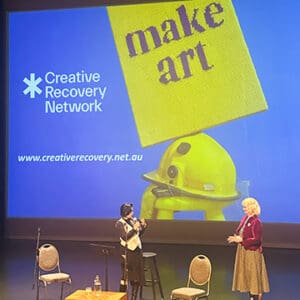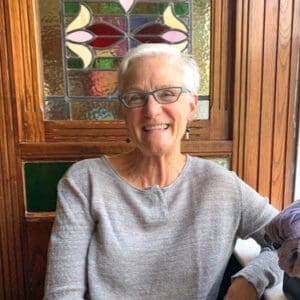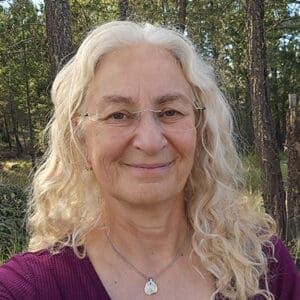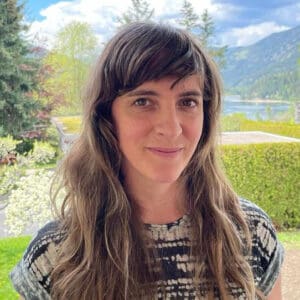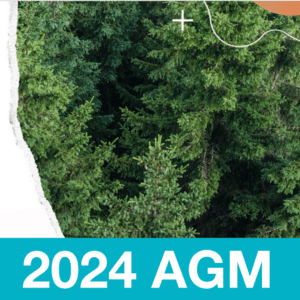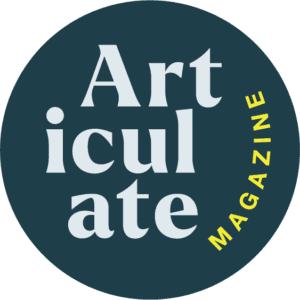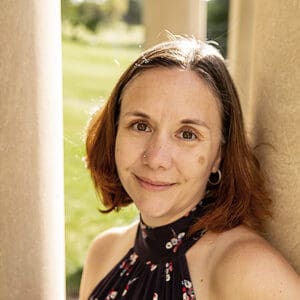
The West Kootenay Regional Arts Council (WKRAC) exists to help arts, culture and heritage in the Columbia Basin thrive. To do so, we rely on a dedicated team of board members, plus steering committee members who oversee the Columbia Kootenay Cultural Alliance (CKCA) arts and culture grants.
Who are these people? In this series, we’re introducing you to the folks behind the scenes.
Kristin Teetaert, WKRAC Board Member
Living in Cranbrook, Kristin Teetaert works as the Executive Director of Cranbrook Arts (Cranbrook and District Arts Council).
WKRAC: How did you come to call the Columbia Basin home?
KT: On a whim, really. In 2022 we decided to move from our small town in Saskatchewan back west (having lived in Calgary previously). We visited Cranbrook and it felt like a good-sized community for us…plus mountains!
Are you involved in arts, culture and heritage outside of your work with WKRAC/CKCA? If so, what is your discipline or practice?
I’ve been an arts administrator since 2011 and have taught art classes for two decades. Outside of work I am a multidisciplinary artist with a focus on fibre and ceramics.
Why did you wish to join this board/committee?
I was seeking a way to connect with the arts community in a broader sense, and want to be a part of strengthening the connections between the East and West Kootenays. I think there are opportunities for collaboration and sharing of information that will benefit our communities and artists.
What do you think people in the region should be proud of in terms of arts, culture and heritage?
Artists in the region should take pride in their unique art style that is deeply influenced by the beauty of the surrounding mountains and lakes. They should be proud of what they have built, often with little to no money and a LOT of hard work.
What advice do you have for people in the region pursuing a career in arts, culture and heritage?
Build connections with other artists and cultural organizations, and be open to collaboration. Never stop learning! I know that sounds cliché but I feel it’s valuable to continue to seek out opportunities for professional development, workshops and collaborations as you are establishing your career, and even after.
What vision do you see for the future of arts, culture and heritage in the Columbia Basin?
In Cranbrook, we are seeing a lot of growth. There are new collaborations happening in the arts and culture sector, which is exciting. I think that region-wide collaborations and sharing of knowledge and resources will help the region continue to grow and develop.





